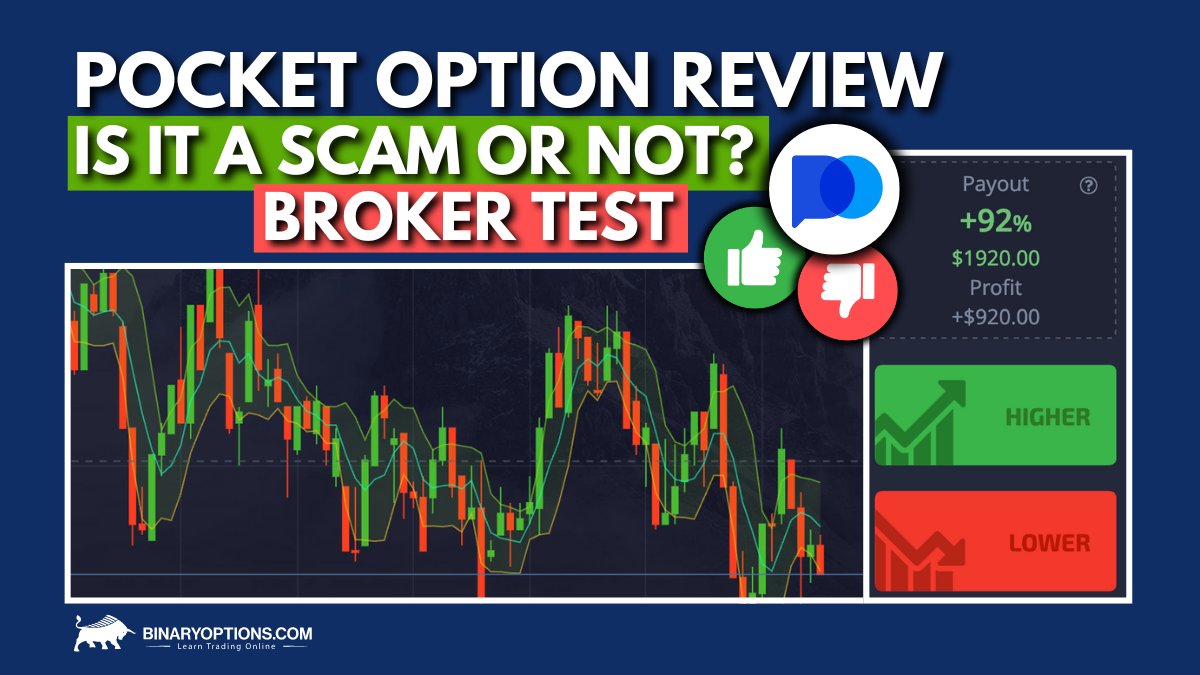
Bollinger Bands Strategy Pocket Option
The Bollinger Bands Strategy Pocket Option Стратегия Bollinger Bands is a popular trading approach that utilizes volatility indicators to support trading decisions. Developed by John Bollinger in the 1980s, this strategy is designed to give traders insights into price movements while enabling them to manage risk effectively. In this article, we will delve into the key components of the Bollinger Bands, how they work, and how traders can implement them to enhance their trading outcomes on Pocket Option.
Understanding Bollinger Bands
Bollinger Bands consist of three lines: the upper band, the lower band, and the middle band (which is a simple moving average). The width of the bands varies based on market volatility; they expand when volatility increases and contract when volatility decreases. This feature makes Bollinger Bands an effective tool for identifying potential trading opportunities, as well as for signaling overbought or oversold conditions.
The Components of Bollinger Bands
The three components of Bollinger Bands are essential for understanding how this strategy works:
- Middle Band: The middle band is typically a 20-period simple moving average (SMA) of the asset price. This band represents the average price over the specified period and serves as a reference point for potential price movements.
- Upper Band: The upper band is calculated by adding two standard deviations to the middle band. This band indicates a level where the price may be considered overbought, suggesting that it could retrace.
- Lower Band: Conversely, the lower band is derived by subtracting two standard deviations from the middle band. This band indicates a level where the price may be considered oversold, suggesting a potential price increase.
Using Bollinger Bands on Pocket Option
When trading on Pocket Option, utilizing Bollinger Bands can provide a clearer picture of market trends and potential entry and exit points. Here’s a step-by-step guide on how to use Bollinger Bands effectively:

1. Set Up Your Chart
On Pocket Option, choose the asset you wish to trade and set your chart to the desired time frame. Next, apply the Bollinger Bands indicator from the trading platform’s toolbar. The default settings, which use a 20-period SMA and two standard deviations, are typically effective but can be adjusted according to your trading style.
2. Identify Trends
Observe how the price interacts with the bands. When the price consistently touches or stays near the upper band, it may indicate that the asset is overbought, while touching or staying near the lower band may signal an oversold condition. A trader can look for confirmation signals through candlestick patterns or other indicators to validate their entry or exit decisions.
3. Employ a Mean Reversion Strategy
One common strategy is to capitalize on the price returning to the middle band after touching one of the outer bands. For instance, if the price touches the lower band, a trader might consider a buy (call) option anticipating the price will move back towards the middle band. Similarly, if the price touches the upper band, a sell (put) option could be considered.
4. Utilize Volume Indicators
To increase the accuracy of your trades, combine the Bollinger Bands strategy with volume indicators. High volume during price movements can indicate strength in those movements, signaling that changes in direction may be more sustainable.
Managing Risk with Bollinger Bands

Risk management is crucial when trading, particularly in volatile markets. Here are some strategies to consider when implementing the Bollinger Bands strategy on Pocket Option:
1. Define Your Risk Tolerance
Before entering a trade, determine how much of your capital you are willing to risk. Many successful traders recommend risking only a small percentage of your total account balance on any single trade.
2. Use Stop-Loss Orders
Utilize stop-loss orders to protect your capital in case the market moves against you. For instance, if you purchase a call option after the price touches the lower band, place your stop-loss just below the lower band to minimize potential losses.
3. Take Profits at Key Levels
When the price approaches the middle band or shows signs of reversal at the upper or lower band, consider taking profits to secure gains. You can also implement trailing stop-losses to protect profits while allowing for potential additional gains.
Conclusion
The Bollinger Bands strategy on Pocket Option equips traders with a robust framework for navigating market volatility. By understanding how to interpret the bands and effectively manage risk, traders can significantly improve their trading success. Whether you are new to trading or looking to refine your strategies, implementing Bollinger Bands can be a valuable addition to your trading arsenal. Always remember the significance of continuous learning and adapting your strategies to align with changing market conditions for optimal outcomes.